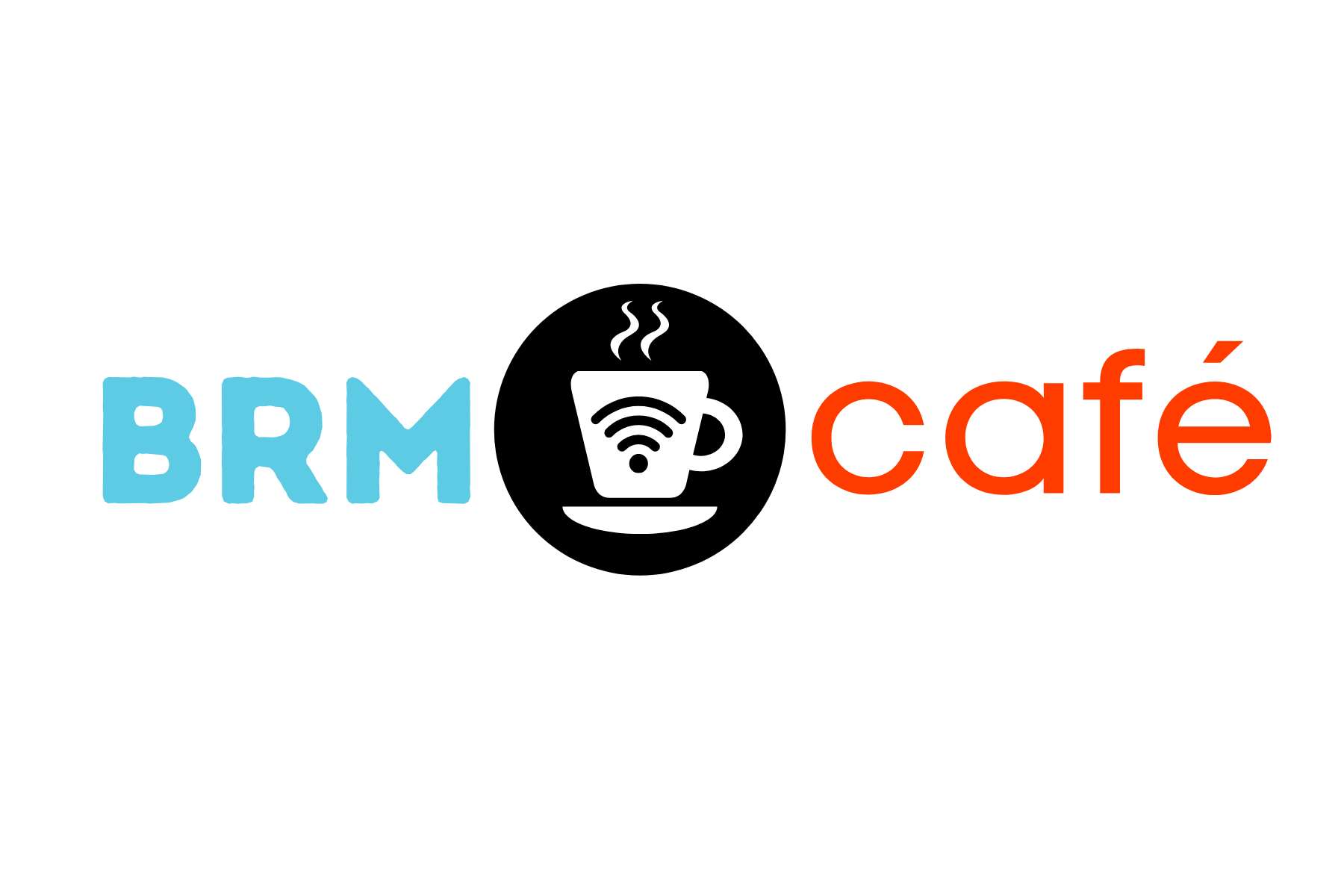Knowledge has a half-life, and as we learn new ways, bring in new ideas, and our environments change, we cannot assume that the information we used in the past is still relevant today.
In February 2023, the BRM Institute is celebrating its 10th anniversary. I recently read The Half-Life of Facts: Why Everything We Know Has an Expiration Date by Samuel Arbesman, which inspired me to think about the knowledge I’ve learned over the past ten years around business relationship management and how that knowledge has changed.
Some of the current knowledge from the BRM Institute is based on well-known concepts around management and leadership. Given the massive shift in how and where people work and the fact that we currently have five generations working in global organizations, not all of these concepts are still applicable in the same way they were ten years ago. It is time to look at where the future of BRM knowledge needs to focus. Let’s look at how a few key business relationship management concepts need to shift.
1. Maturity Models
Maturity models were introduced to the business world in the 20th century, which means this concept has been around for more than twenty years. Originally promoted by consultants, these models present the opportunity to assess where an individual, team, relationship, or initiative is currently and how to map out where to go. However, maturity models show a path toward a higher state that can sometimes seem unattainable. Some organizations are very focused on ordered systems (process engineering and systems thinking) and strive towards a certain level of maturity without considering potentially complex situations.
When you first look at a maturity model, it’s easy to accept the fact that you need to go to the highest level, but over time you may realize that it is not always necessary or even advisable. For example, the Relationship Maturity Model from the BRM Institute can, in some instances, create that kind of thinking (We need to be a strategic partner!) when in reality, not everyone needs to be a strategic partner. Sometimes having a high-performing, transactional relationship is more effective. In this case, the original idea (fact) is not valid anymore. Having a dialogue about your relationship is most important and the objective is not to blindly work towards a certain level. Maturity models are helpful when used as background information, as the path toward relationship improvement is more important than the stages of the model itself.
2. Value and Impact
Everyone talks about value to the point where the word has lost its meaning. What we discussed five years ago as a fact around what value means has changed already. We now have different insights and are thinking of value from different perspectives, which is a good thing. In certain areas, the approach towards value may still be applicable as it was originally intended, but currently, the half-life of approaches around value is less than five years. In a VUCA world (Volatility, Uncertainty, Complexity and Ambiguity) we need to recognize that the earlier facts we thought were true don’t apply anymore. Have a conversation with different people to understand how you can help each other navigate the new facts around value and what that means for the approach. Remember that facts change, change is good, embrace the new future, and learn the new language.
3. Role Clarity
Some of you may remember the 90s (if not, good for you). Everyone was focused on process management and accompanied it with RACI models (responsibilities, accountability, consultation and informed) or some variation of this. There were hundreds of tasks with roles, and this was the only way to get role clarity – or at least that is what most people thought. Unfortunately, how roles were defined in combination with activities was only valid till the next reorganization. So why spend all that time creating specific details that will not be used for more than two or three years? Today, you need to be agile and create knowledge in your organization that can be beneficial within the time that it is needed. Have a dialogue with the various roles, with simple documentation supporting the discussion. In the end, role clarity is about effective communication and agreement about how you collaborate with your partners.
Do things differently in 2023 – challenge the current approaches and discuss with your colleagues what makes sense for your organization now and in the future. Learn along the way, experiment with new ways, and most importantly, have meaningful discussions about what new ways are better for your specific situation.
Lead and succeed!
Peter Lijnse
Leadership Coach at Lead The Pack Consulting

